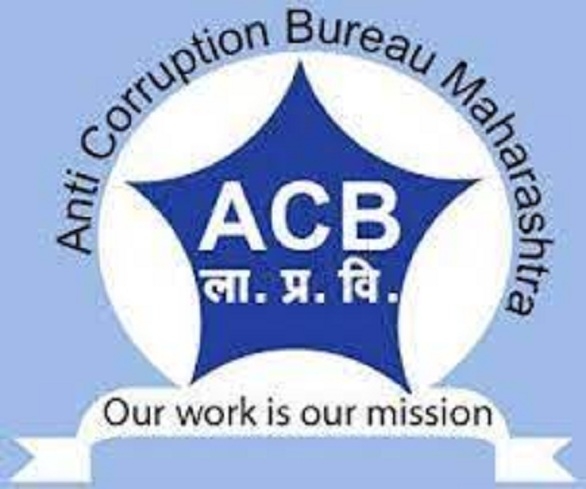ACB Nagpur starts open probe into 35 projects of Jalyukta Shivar scheme
| Date :18-Oct-2021 |

By Dheeraj Fartode :
ACB to call complainants to record their statements
The Anti-Corruption Bureau (ACB) Nagpur has started an open inquiry into 35 projects of Jalyukta Shivar scheme after receiving orders from the State Government. The projects are spread across Nagpur, Wardha, Bhandara and Chandrapur districts, said an ACB official. The State Government had ordered an open inquiry by the Anti-Corruption Bureau into former Chief Minister Devendra Fadnavis’s flagship Jalyukta Shivar scheme after a committee appointed by the State Government had proposed an open inquiry into the allegations of corruption in the scheme. Earlier, the Comptroller and Auditor General (CAG) had also raised objections about 1,128 projects under the scheme. Apart from this, the State had received complaints about 671 other projects under the scheme.
The State Government has accepted the recommendations of the committee and ordered an open inquiry into 931 of the 1,799 cases. Of these 931 cases, 35 are located in ACB Nagpur’s range, said the official. The official further said that the scheme was implemented under the observation of the District Collector office. Therefore, a co-ordinating officer has been appointed for each district by the ACB to collect the documents for investigation. “The complainants will be called for the inquiry to understand what exactly happened in each case,” he said.
After getting initial information, the ACB officials will visit the project and conduct examination on the basis of allegation leveled by the complainants and the observation of the committee report, he said, adding that it will take one to two years to complete the inquiry and submit the final report. During the open inquiry, the ACB can call anyone for questioning. The Jalyukta Shivar scheme was launched by the then CM Devendra Fadnavis in 2014 with the objective of making Maharashtra drought-free by 2019. The scheme was aimed at increasing water levels in villages by deepening and widening of streams, construction of cement and earthen stop dams etc.